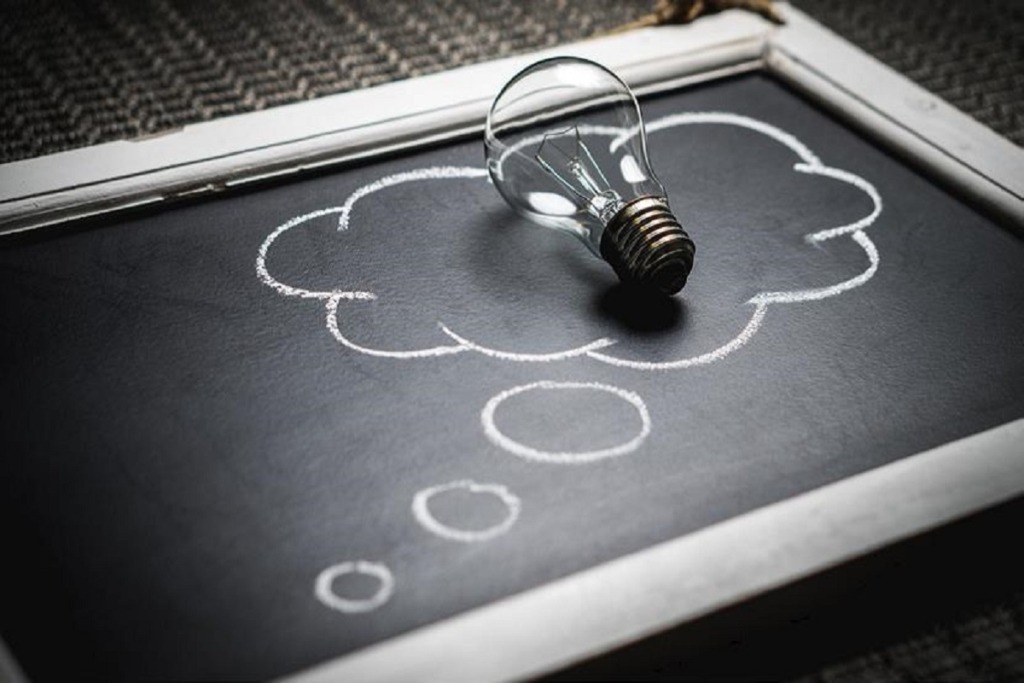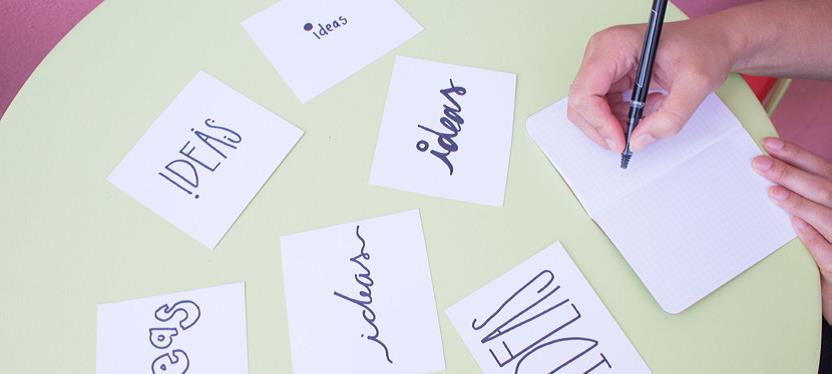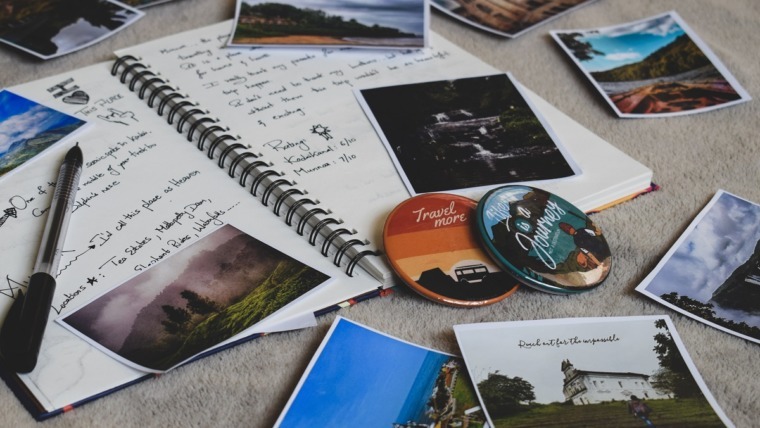
Here’s Why! And 8 Simple Techniques to Begin Today
Written by Camille Lucy
Mindfulness practices, such as meditation, are growing in society, organizations and schools and it’s no surprise why: research is stacking up that the benefits are profound and there are no “adverse side effects.” Mindfulness has been shown to improve the mental, emotional, physical and social health and wellbeing of the children and adults that practice it. In schools, bullying was seen taking a decline after mindfulness was introduced. (Smart Idea)
Here’s a list of benefits of practicing mindfulness and meditation that have been scientifically proven (for those of you that like to go with the hard facts):
- Reduces Stress
- Controls Reactivity (Buh-bye Hot Head!)
- Controls Anxiety
- Promotes Emotional Health
- Enhances Self-Awareness and Acceptance
- Improves Self Esteem
- Improves Concentration and Focus
- May Reduce Age-related Memory
- Cultivates Kindness, Compassion and Empathy
- Can aid in Overcoming Addictions
- Improves Sleep
- Helps Control Pain
- Decreases Blood Pressure
- This is a practice anyone (YOU) can do anytime, anywhere! (That leaves you with…zero excuses!)
While many are still unaware of what mindfulness really is and how to include it in their daily lives or routines, there are some really simple ways to introduce the practice into your life and keep it there. (Smart Idea)

Let’s start with what it is. According to www.Mindful.org, “Mindfulness is the basic human ability to be fully present, aware of where we are and what we’re doing, and not overly reactive or overwhelmed by what’s going on around us. The aim of mindfulness is not quieting the mind, or attempting to achieve a state of eternal calm. The goal is simple: we’re aiming to pay attention to the present moment, without judgment. Easier said than done, we know.” Mindfulness is paying attention… and that may mean paying attention to the fact that you have thoughts. And you may always have thoughts, even as a seasoned Meditator. That just means you have a functioning brain (congrats). So, ditch the myth (and the excuse) that says you can’t meditate if you have an overactive nugget. That’s like saying you’re too dirty to take a bath. Come on, now…
Mindfulness is a great way to reconnect with yourself, to “come home.” To notice how you’re really feeling, what you’re thinking, what your five senses are telling you, and what’s going on around you in this very moment in time (which is all there ever is). (Smart Idea)

Here’s a list of 8 easy ways you can begin practicing mindfulness:
- Eat Mindfully. Chew your food! No, really… slow down. Stop watching TV or scrolling social media. Pay attention. How does your food feel, smell and taste? An added benefit of mindful eating is that you’ll consume less food than when you’re scoffing it down because you’ll know when you’re satisfied.
- Walk Mindfully. Thich Nhat Hanh said, “Walk as if you are kissing the earth with your feet.” Be aware of the movement of your body, your environment. Look around. Notice your feet as they touch the ground and lift back up, again. Feel your body supporting you. What sights and sounds and smells are there around you? Wake up to the world you’re living in. (Smart Idea)
- Connect to your Senses. Touch, smell, taste, sound and sight… these are all senses that bless you with an abundant experience in this life. Notice what your senses are telling you that maybe you wouldn't have noticed if you were stuck in your head or in some thought about the future or past. How does it feel to touch a soft blanket? To hug someone you love? What smell is your absolute favorite? Does the smell of coffee in the morning really get you going? How does your favorite meal really taste? How does it sound to hear the crickets at night or birds chirping in the morning? The wind chimes as the wind blows? What do you see? The gift of sight is priceless. Look around now, what did you never notice before? (Smart Idea)
- Observe the Breath (Meditate). Meditation can be as simple as noticing you are breathing. Feeling the breath as it moves along the body with each inhale and exhale. As you focus on what’s going on in your body, you temporarily leave the mind (and all its fears, worry and thoughts) and enter the vessel that carries you through life on this beautiful planet. You connect back to your true essence and maybe, cultivate a sense of gratitude for all the countless miraculous things your body does to support you without your help (like breathing, your heart beating, etc.).
- Observe your Thoughts. Notice that you’re thinking. Be aware that you are not your thoughts and there are a countless variety of them in any given moment. Sometimes they even contradict each other (maybe a lot of times). Observe that you are thinking, and realize that you can choose to not attach meaning or emotion to the thoughts that clutter your mind on a daily (or even moment to moment) basis. It’s your choice!
- Ditch your Judgment. We judge pretty much constantly. Ourselves, others, situations. Part of mindfulness is observing judgment; just like we observe thoughts. Don’t judge yourself for judging everything… that defeats the purpose of the practice. Just notice, and move on. Let it pass by, just like the endless thoughts that you’re noticing. Be kind and gentle with yourself as you begin this practice. Use this exercise as an eye-opener, a catalyst for growth and positive change, not a reason to beat yourself up. (Smart Idea)
- Did you Hear? Often times, we are so busy in our own heads that we do not even hear what people are saying to us. We are either trailing off, thinking about our to do list or what someone else said to us earlier that day (maybe even what we’re going to eat later…yum), or conjuring up our response before we even finish listening to what is being said. Don’t feel bad; we all do it. Practice mindful listening. Pay close attention to the person speaking to you. If your mind wanders, just notice it wandered, and gently bring it back to the speaker. Keep eye contact, allow the body to find stillness, and see what you can learn from this interaction that perhaps you would have missed otherwise. This is a great opportunity to practice mindfulness but also to strengthen the bonds and relationships in your life.
- Develop Space. As Viktor Frankl said, “Between stimulus and response there is space. In that space is our power to choose our response. In our response lies our growth and our freedom.” Pause before reacting. Take a few deep breaths, and become mindful of the body, its sensations… where is it tight? Are you clenching your fist or jaw? Are you all clammed up? Are you scared, nervous, upset, angry? Where do you feel those emotions in the body? Take a moment to check out what’s going on before responding. In that space, between stimulus and response, you have the freedom to choose how to react. You have the ability to slow the thought process down long enough to question if you even believe those thoughts that triggered you in the first place. Often times, when we are triggered by something or someone, why we react the way we do has nothing to do with the situation but all to do with an unhealed part of ourselves. Take the space to figure it out, to calm down, to drop back in to the body and present moment and respond (or don’t) with a clear mind and open heart after. (Smart Idea)
Mindfulness is accessible to all of us in every moment, but is easier to attain with daily practice and continued awareness. Soon, the techniques begin to spill over naturally into your day to day life, and so do the benefits.



